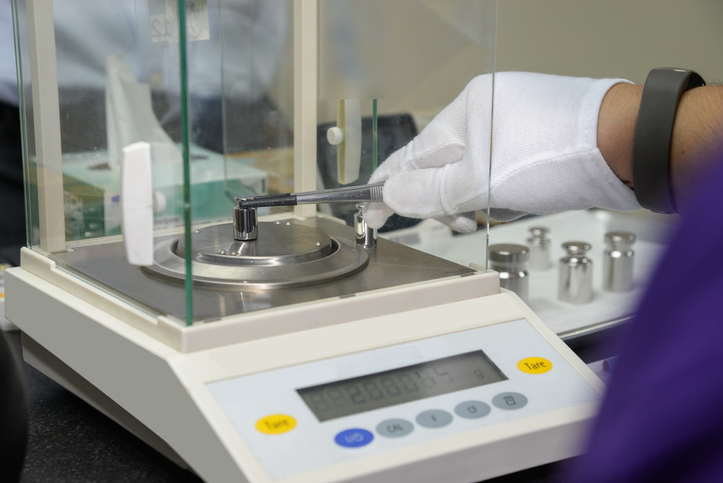Many laboratories have misinterpreted the term “verification” to avoid performing a calibration on a device used to support testing. The terms “calibration,” “verification,” and “validation” are quite different. They should not be confused with one another or used interchangeably.
- Calibration: Operation that, under specified conditions, in a first step, establishes a relation between the quantity values with measurement uncertainties provided by measurement standards and corresponding indications with associated measurement uncertainties and, in a second step, uses this information to establish a relation for obtaining a measurement result from an indication. (JCGM 200 International vocabulary of metrology – Basic and general concepts and associate terms, 2.39)
- Verification: Provision of objective evidence that a given item fulfills specified requirements. (JCGM 200 International vocabulary of metrology – Basic and general concepts and associate terms, 2.44; ISO/IEC 17025 3.8)
- Validation: Verification, where specified requirements are adequate for intended use. (JCGM 200 International vocabulary of metrology – Basic and general concepts and associate terms, 2.45; ISO/IEC 17025 3.9)
Calibration Data Leads to Decisions
Simply put, a calibration produces data, nothing more. Once the calibration data is available, there are decisions to be taken.
A verification decision is typically taken each time an item is calibrated. Does the measurement data fall within specifications? Is the uncertainty sufficiently low to make this determination?
A validation decision is normally taken with a first-time calibration or the first time an item is used for a task. A secondary validation decision should be taken when the item does not meet all the specified limits as it may still be fit for purpose for some, but not all operations. An item may be identified for several purposes (tests) in a laboratory; an out-of-tolerance data point for one measurement parameter may not affect some of those tests.
In short, there are three steps: calibration as a first step produces measurement results, verification as a second step confirms results are within defined limits, and validation as a third step confirms fitness for purpose.
